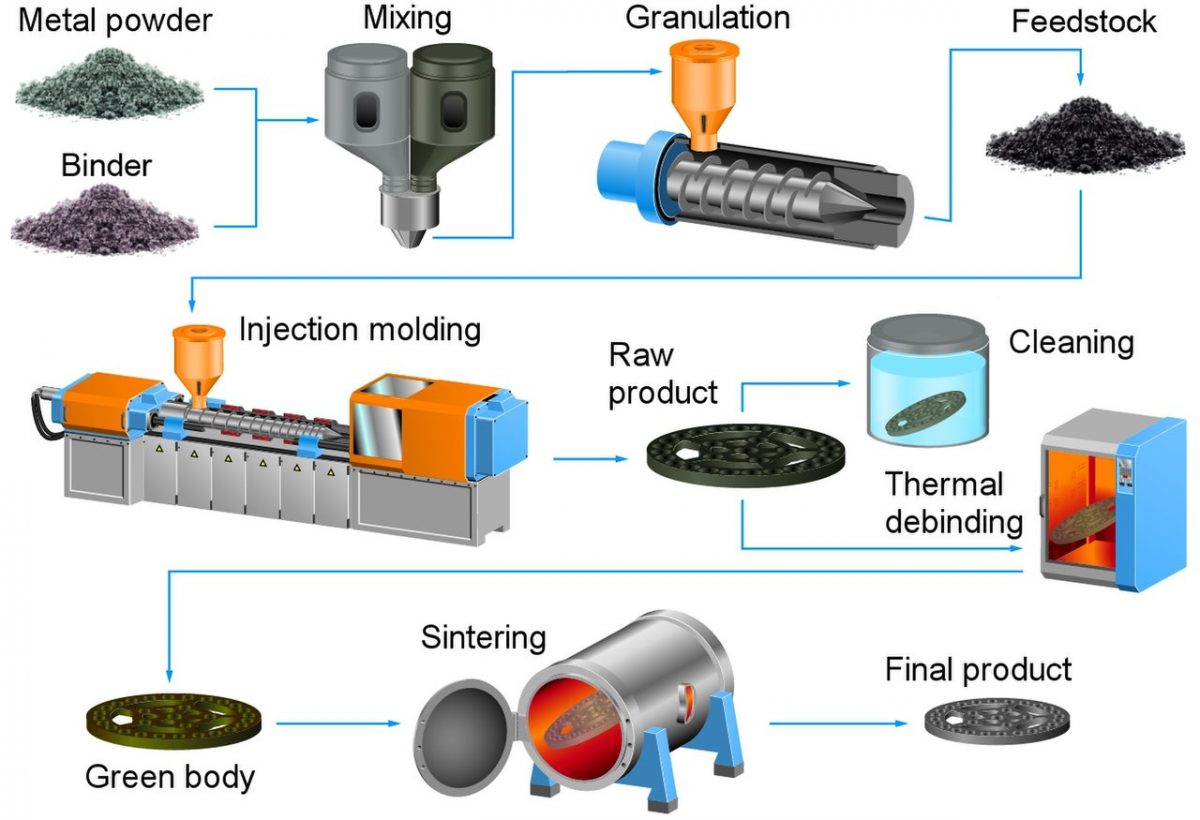The Magic of Plastic: Demystifying Injection Molding
Plastic injection molding is a fascinating manufacturing process that has revolutionized the way products are made. By injecting molten plastic material into a mold cavity, intricate shapes and designs can be produced with high precision and efficiency. This method is widely used across various industries due to its versatility and ability to create complex parts with consistent quality.
The magic of plastic injection molding lies in its ability to transform raw plastic material into a finished product through a series of carefully orchestrated steps. From the initial design and tooling to the actual injection of the polymer into the mold, each stage plays a crucial role in ensuring the final product meets the desired specifications. Understanding the inner workings of this process can unveil the power and potential that plastic injection molding holds in the modern manufacturing world. Injection Molding Process:
Plastic injection molding is a manufacturing process where molten plastic material is injected into a mold cavity under high pressure. The molten plastic then cools and solidifies, taking the shape of the mold cavity.
The process begins with the raw plastic material being fed into a heated barrel, where it is melted using a reciprocating screw. Once the plastic is molten, it is injected into the mold cavity through a nozzle.
As the plastic fills the mold cavity, it takes the shape of the mold and cools down. Once the plastic has solidified, the mold opens, releasing the newly formed plastic part.
Advantages of Plastic Injection Molding
One key advantage of plastic injection molding is the ability to create complex and intricate shapes with high precision and consistency. This process allows for the production of intricate details, tight tolerances, and smooth finishes that may be difficult to achieve with other manufacturing methods.
Another benefit of plastic injection molding is its efficiency in producing large quantities of parts quickly and cost-effectively. Once the initial tooling is created, the production process is relatively fast, making it ideal for mass production. This efficiency can result in lower production costs per unit, making plastic injection molding a cost-effective option for many businesses.
Additionally, plastic injection molding offers versatility in material selection, allowing for a wide range of plastics to be used based on the specific requirements of the part. This flexibility in material choice, combined with the ability to incorporate features like threads, inserts, and overmolding, makes plastic injection molding a versatile solution for a variety of industries and applications.
Future of Injection Molding
The future of plastic injection molding looks promising as technology continues to advance. New materials are being developed that offer enhanced properties, such as increased strength and durability. These materials are also more environmentally friendly, addressing concerns about sustainability and reducing the industry's carbon footprint.

Automation is another key aspect shaping the future of injection molding. With the integration of robotics and artificial intelligence, manufacturing processes are becoming more efficient and precise. This not only improves production speeds but also ensures consistent quality, leading to cost savings and higher customer satisfaction.
In addition, innovations in design software are enabling engineers to create more complex and intricate molds. This opens up possibilities for producing intricate parts and components that were previously challenging or impossible. As the industry continues to evolve, we can expect to see even more exciting developments in the field of plastic injection molding.